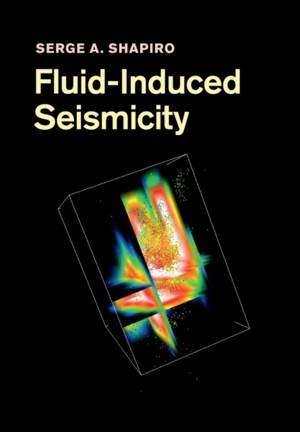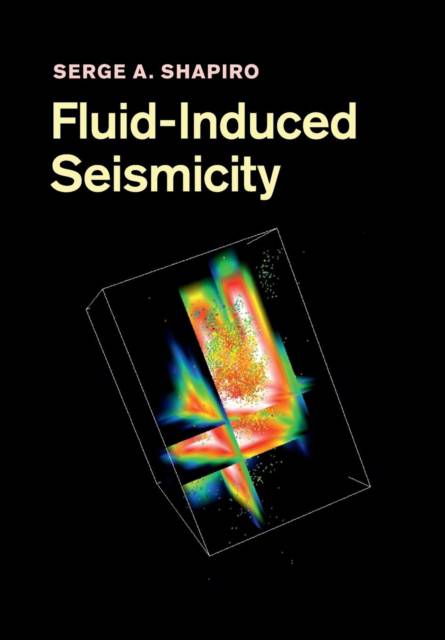
- Afhalen na 1 uur in een winkel met voorraad
- Gratis thuislevering in België vanaf € 30
- Ruim aanbod met 7 miljoen producten
- Afhalen na 1 uur in een winkel met voorraad
- Gratis thuislevering in België vanaf € 30
- Ruim aanbod met 7 miljoen producten
Zoeken
Omschrijving
The characterisation of fluid transport properties of rocks is one of the most important, yet difficult, challenges of reservoir geophysics, but is essential for optimal development of hydrocarbon and geothermal reservoirs. This book provides a quantitative introduction to the underlying physics, application, interpretation, and hazard aspects of fluid-induced seismicity with a particular focus on its spatio-temporal dynamics. It presents many real data examples of microseismic monitoring of hydraulic fracturing at hydrocarbon fields and of stimulations of enhanced geothermal systems. The author also covers introductory aspects of linear elasticity and poroelasticity theory, as well as elements of seismic rock physics and mechanics of earthquakes, enabling readers to develop a comprehensive understanding of the field. Fluid-Induced Seismicity is a valuable reference for researchers and graduate students working in the fields of geophysics, geology, geomechanics and petrophysics, and a practical guide for petroleum geoscientists and engineers working in the energy industry.
Specificaties
Betrokkenen
- Auteur(s):
- Uitgeverij:
Inhoud
- Aantal bladzijden:
- 298
- Taal:
- Engels
Eigenschappen
- Productcode (EAN):
- 9781108447928
- Verschijningsdatum:
- 1/03/2018
- Uitvoering:
- Paperback
- Formaat:
- Trade paperback (VS)
- Afmetingen:
- 170 mm x 244 mm
- Gewicht:
- 480 g

Alleen bij Standaard Boekhandel
+ 181 punten op je klantenkaart van Standaard Boekhandel
Beoordelingen
We publiceren alleen reviews die voldoen aan de voorwaarden voor reviews. Bekijk onze voorwaarden voor reviews.











